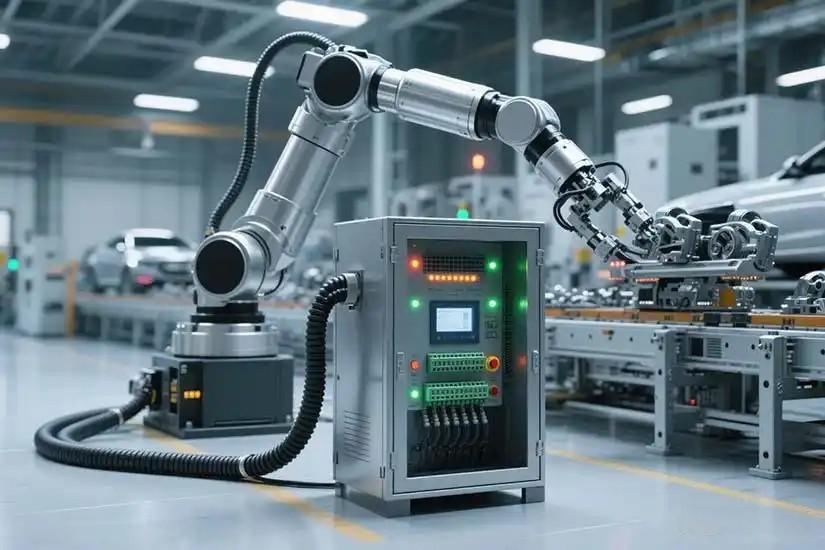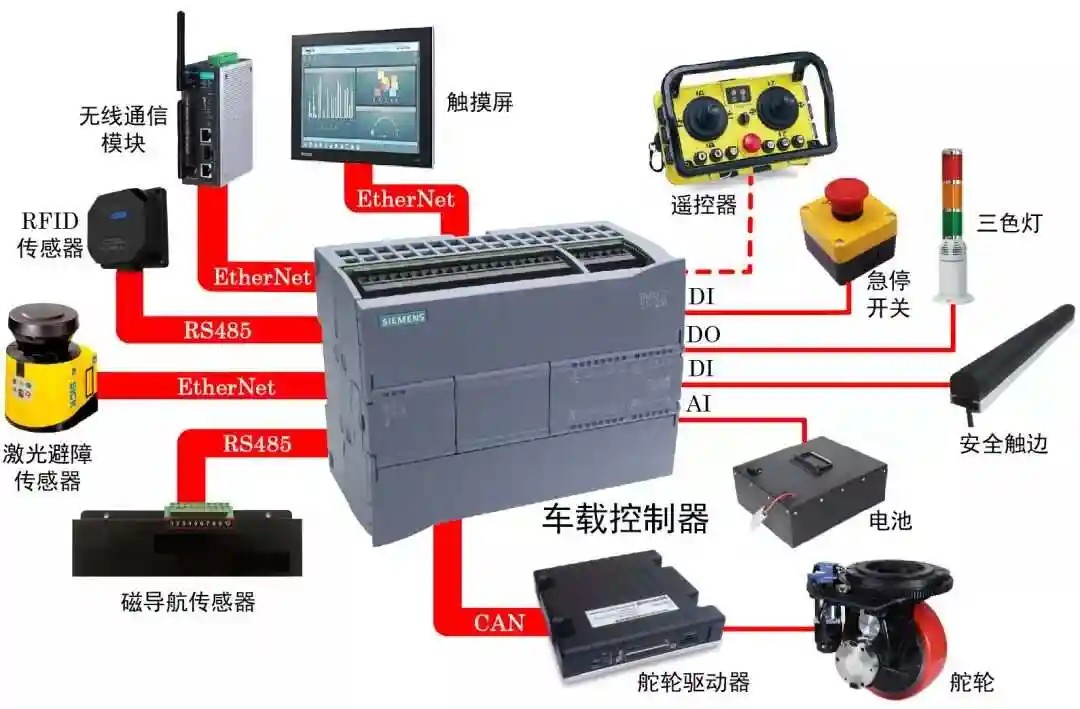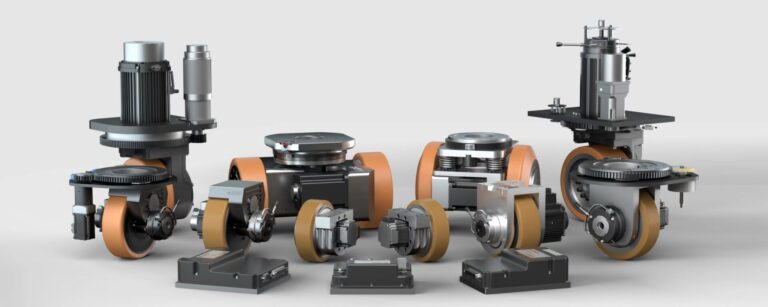- By 小编
- 2025-06-16 15:43:32
- TECHNICAL
Optimization Practices for AGV-PLC Interaction Systems
Against the backdrop of rapid smart manufacturing development, the collaborative operation of Automated Guided Vehicles (AGVs) and Programmable Logic Controllers (PLCs) has become a critical foundation for modern production lines. The efficiency of their interaction directly impacts production flow. However, in practical applications, signal interaction issues often hinder productivity. This article systematically analyzes common problems and proposes targeted solutions.
Signal Interaction Analysis and Optimization

Persistent Workstation Request Signals
AGVs continuously send request signals until receiving PLC permission. This stems from design flaws in signal transmission mechanisms. The solution lies in optimizing AGV control logic to immediately terminate request signals upon receiving PLC authorization.

Abnormal Operational Status Signals
Persistent "entering" or "arrival" signals often occur due to misalignment between signal triggers and actual equipment status. Installing high-precision position sensors and refining signal processing algorithms enable instant signal switching during state transitions.
Inaccurate Exit Control Signals
Delayed signal switching after receiving exit commands can be resolved by establishing spatial position triggers:
Deactivate occupancy signals upon leaving designated coordinates
Activate exit signals when crossing light grid areas
Automatically terminate signals after complete exit
Communication Failure Handling
AGV-PLC communication breakdowns causing full line shutdowns typically originate from:
Protocol compatibility issues
Network congestion
Electromagnetic interference
Industrial-grade protocol gateways, network isolation, and shielded cables significantly enhance communication stability.
Comprehensive Operational Solutions
Key improvements for AGV operational issues:
Unexpected Stops: Regular mechanical maintenance, signal integrity assurance, and path clearance
Navigation Failures: Upgraded pathfinding algorithms with real-time environmental mapping
Equipment Communication Barriers: Unified protocol standards and optimized network parameters
Power Management: Smart charging strategies and battery health monitoring
Task Disconnections: Enhanced fault tolerance in task management systems with reliable communication links
.jpg)
Case Studies
Automotive Parts Factory
Frequent AGV lifting timeouts (Error 203) caused by electromagnetic interference on hydraulic signals were resolved through photoelectric isolators and dual-loop detection systems.
Warehousing Scenario
AGV congestion at exit points was eliminated by deploying environmental perception radar and optimized PLC scheduling algorithms, increasing exit efficiency by 150%.
Power System Upgrade Recommendation
The TEC Series High-Precision Drive Wheels deliver breakthrough performance:
±0.5mm laser positioning accuracy
420N·m torque for heavy-load climbing
IP67 protection for harsh environments (welding/painting)
Native support for Profinet/EtherCAT industrial buses
35% energy recovery efficiency extending operational duration
These drive wheels effectively resolve industry pain points like positioning deviation and climbing slippage in automotive assembly lines, semiconductor cleanrooms, and medical warehousing. Their vibration suppression technology ensures medical-grade transport stability.
Conclusion
Efficient AGV-PLC coordination is pivotal for smart manufacturing. By optimizing signal interaction mechanisms, strengthening communication reliability, upgrading navigation algorithms, and integrating TEC high-precision drive wheels, truly seamless intelligent logistics systems can be achieved. When every movement executes precisely and each signal transmits reliably, smart manufacturing reaches its qualitative leap.
TEC Drive Technology: Redefining AGV Performance Boundaries
Beyond Power Delivery, Ensuring Precision Execution
Building the Operational Foundation for Smart Factories




